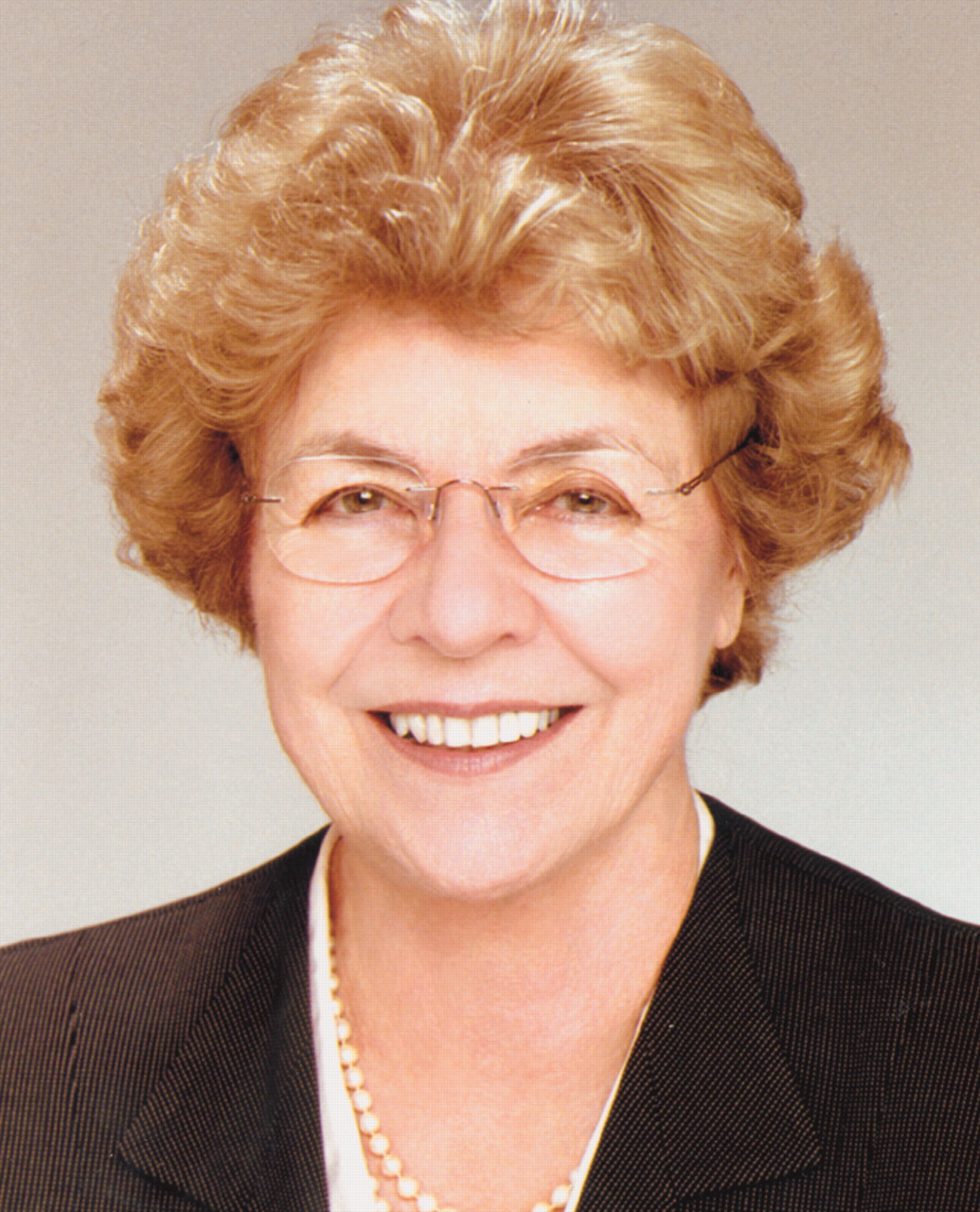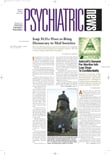Posttraumatic stress disorder (PTSD) is not a new psychiatric disorder, nor is its treatment new. The following case history is a quote from the article “The Repression of War Experience” by W.H. Rivers, published in a 1918 issue of
Lancet:“[H]e had gone out to seek a fellow officer and had found his body blown into pieces, with head and limbs lying separated from the trunk. . . .[F]rom that time he had been haunted at night by the vision of his dead and mutilated friend. When he slept he had nightmares in which his friend appeared, sometimes as he had seen him mangled on the field, sometimes in the still more terrifying aspect of one whose limbs and features had been eaten away by leprosy. . . . [T]he mutilated or leprous officer of the dream would come nearer and nearer until the patient suddenly awoke pouring with sweat and in a state of the utmost terror. He dreaded to go to sleep, and spent each day looking forward in painful anticipation of the night.”
Rivers states the treatments at that time were “baths, electricity, and massage.” In his article Rivers reports several case histories in which he used psychological treatments that in today’s vernacular would be classified as psychodynamic psychotherapy, cognitive psychotherapy, and supportive psychotherapy, each depending upon the individual needs and presentation of the patients.
How far have we come in the appreciation of the magnitude of this illness, and how much further ahead are we in developing effective treatments? True, the potential to develop PTSD was very much on our radar screen following the tragic events of September 11, 2001. Everyone was alert to the potential. Crisis teams were quickly established in hopes that “debriefing” would ward off the development of this disorder. With the passage of time, it has become clear that a “quick fix” not only was ineffective, but also had potential negative consequences. One striking finding was that some who had a history of PTSD experienced a re-emergence of their previously controlled symptomatology.
There is certainly a greater sensitivity today to the possibility of new and emerging cases of PTSD in both victims of local disasters and returning veterans. “We’re going to see a lot of PTSD” is a statement frequently heard in the news. As I traveled throughout the country this year, I asked colleagues working in the Veterans Administration system, “Are you seeing much PTSD?” A consistent response from psychiatrists in Oregon, New Mexico, Illinois, and New York was, “Oh yes! I’m seeing a lot of newly diagnosed PTSD occurring in more senior veterans.” “Older veterans? Why should that be?” The explanation often given was that veterans, who were previously distracted by work and other activities, are now, for the first time, admitting to their illness. It seems to intensify in response to descriptions of Mideast violence or in response to a decrease in the day-to-day distractions of work and family. We cannot help but question whether insufficient attention was paid to initial reports of PTSD symptoms or to the hesitance of returning soldiers to acknowledge problems contributed to their being forgotten as they no longer pressed for help.
I am reminded of the experience of a colleague who has been carefully evaluating a number of people who are homeless. He recently told me, “You know what, Marcia, a lot of the people who I had assumed were suffering with schizophrenia turn out on closer examination to have a combination of PTSD and substance abuse.” What struck him, and disturbed him, was that when he took the time to explore their symptomatology carefully, many had undiagnosed and untreated PTSD.
There have been major advances in the past decade concerning the psychobiology of PTSD, including structural and functional changes in the hippocampus, amygdala, and medial frontal cortex. The psychobiology is complex, involving deregulation of the HPA axis, as well as the noradrenergic, serotonergic, opioid, glutamatergic, and GABAergic pathways. All of this, in time, will lead to more case-specific pharmacological interventions. The APA Treatment Guideline for Patients With Posttraumatic Stress Disorder will be published in the near future and will lead to improved diagnosis and treatment.
The current national threat assessment warns that both civilians and our armed forces will face an increased exposure to violence. Consequently, we must be prepared for a corresponding increase in the incidence of PTSD in those who are vulnerable. We must maximize our research efforts to understand better the psychobiology of vulnerability that will eventuate in more effective treatments. Failure to advance the research will lead to a greater potential for prolonged disability, at great cost to society and individual suffering. ▪

